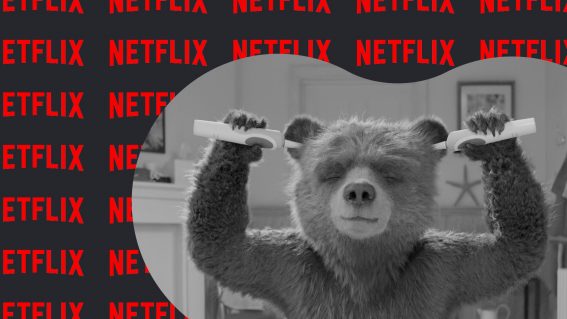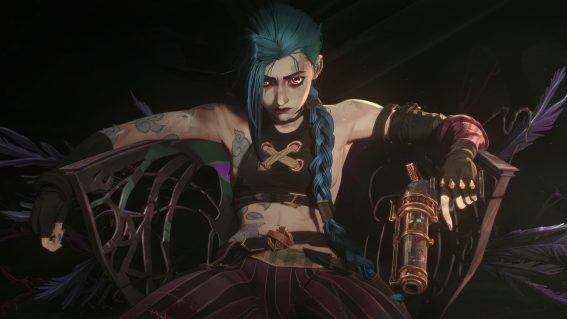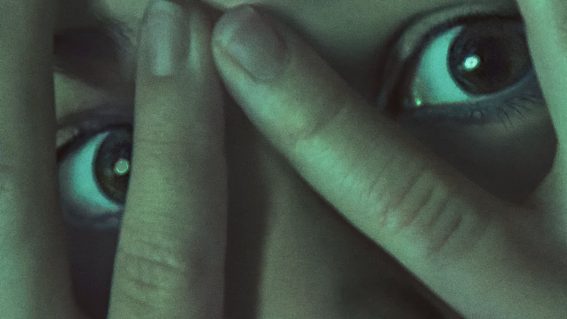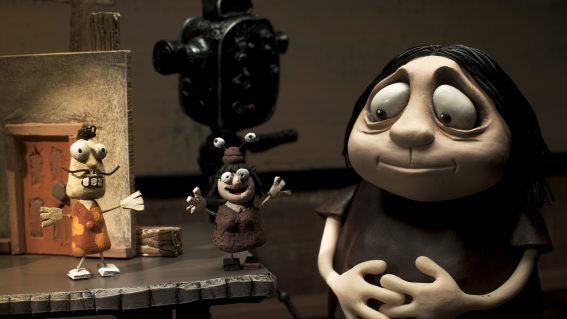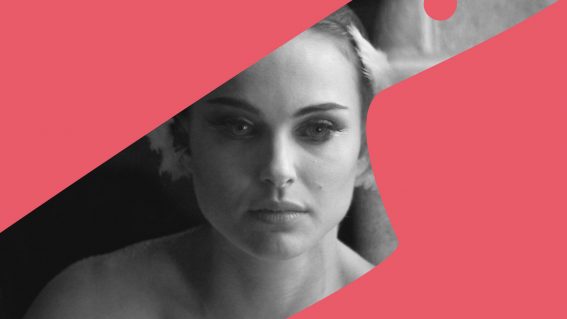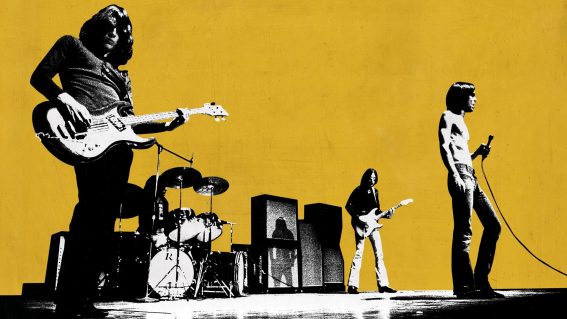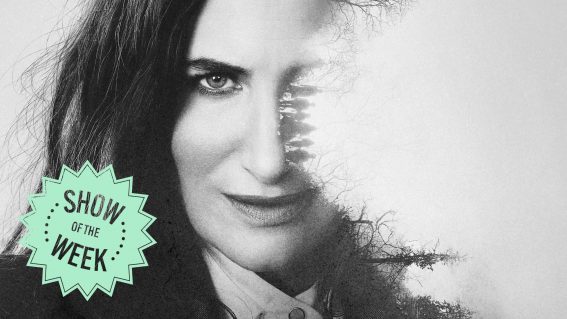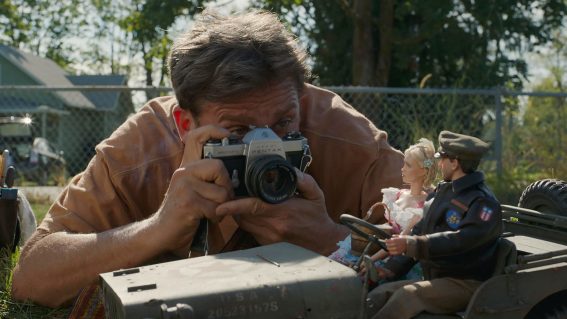NZ film The Moon is Upside Down turns suffering into black comedy

A black comedy about desire and disconnect, The Moon is Upside Down marks the feature directorial debut of Aotearoa actor Loren Taylor. Ahead of the film’s cinema release in New Zealand, we spoke to the filmmaker about the shooting experience and flipping suffering into comedy.
The Moon is Upside Down
Loren Taylor, local screen veteran perhaps best known for her role in Eagle vs Shark, makes her directorial feature debut with The Moon is Upside Down. Shot in 22 days (plus three days of pickups), this unsuspecting black comedy brings together a smorgasbord of New Zealand acting talent and a filmmaking opportunity that’s been a long time coming for Taylor.
“I learned [filmmaking] on the job,” Taylor says. “Very early on, I started reading in casting rooms, which is an amazing way to learn. I worked with [casting director Tina Cleary] for many years, she taught me the most about performance. I got to go to the Sundance Lab [and] work with extraordinary people. Being an actor myself, it’s clear when you’re in something that’s working, how things are blocked, and how you’re talked to.”
Taylor brings that experience to The Moon is Upside Down, which revolves around characters who share a distinctly Kiwi-flavoured inability to connect with others. Laced with a venomous sense of humour that’s as dry as these people’s love lives, Taylor patiently weaves three separate stories into a single narrative.
“I’ve always adored a multi-plot film,” Taylor remarks. “A film that had inspired me enormously when I was young [Before the Rain by Milcho Manchevski] was a multi-plot film. I felt like there’s something with the way you can create a feeling of a world and the scale of a multi-narrative film that I was really interested in exploring.” Other inspirations included “that kind of painful comedy” from Maren Ade’s Toni Erdmann and the “magical kind of quality” of Alice Rohrwacher’s Happy As Lazzaro.
The first story centres on mail order bride Natalia, played by Russian actor Victoria Haralabidou, who enters the isolated world of Aotearoa with fresh eyes. She meets her arrange husband-to-be MacIntosh (Jemaine Clement) with the intent of making the best out of the situation. Strangely, MacIntosh ends up being the standoffish one, for reasons that aren’t immediately clear. It probably doesn’t help that his judgemental sister Hilary (Robyn Malcolm) is also crashing at his place for an undisclosed amount of time.
Shot during COVID lockdowns, Haralabidou’s arrival to the country unintentionally saw some parallels with her character’s journey. “Victoria had to come through MIQ to get here,” Taylor recalls. “Poor her. She arrived out of quarantine to us, which was amazing character-wise.”
One of Taylor’s fondest memories on set involved Haralabidou, some fake milk, and a long one-take shot executed to perfection. “I dreamt that really vividly. Being able to see something exactly how it was in your mind when you wrote it—[with] these extraordinary actors, beautiful lighting, a brilliant camera person, and amazing crew making it come to life—that’s the most remarkable experience.”

Taylor stars in the second story as lonesome anaesthetist Briar. She’s as numb as her patients, seemingly unable to engage in a relationship beyond an emotionless fling. Desperate to inject some feeling back into her life, she reconnects with her old flame Tim played by Robbie Magasiva. Tim’s a somewhat loveable but largely lost dweeb of a man and I put it to Taylor that, given Magasiva’s renowned status as a local sex symbol, he’s going against type in this film.
“He is an incredibly beautiful, dramatic actor, and so natural on screen. He has such incredible sensitivity and he’s such a funny clown guy. We played strippers in The Strip together many years ago, so when I realised that I wanted to cast him, I thought: ‘Oh, the pleasure of doing something so very, very different [with him].’”
The final story stars Elizabeth Hawthorne as Faith, a wealthy but lonely woman distant from her husband who somehow ends up with the ashes of a person she doesn’t know. In fact, it seems like nobody knows this person. Clutching onto the urn in more ways than one, it triggers a sort of existential and identity crisis within Faith.
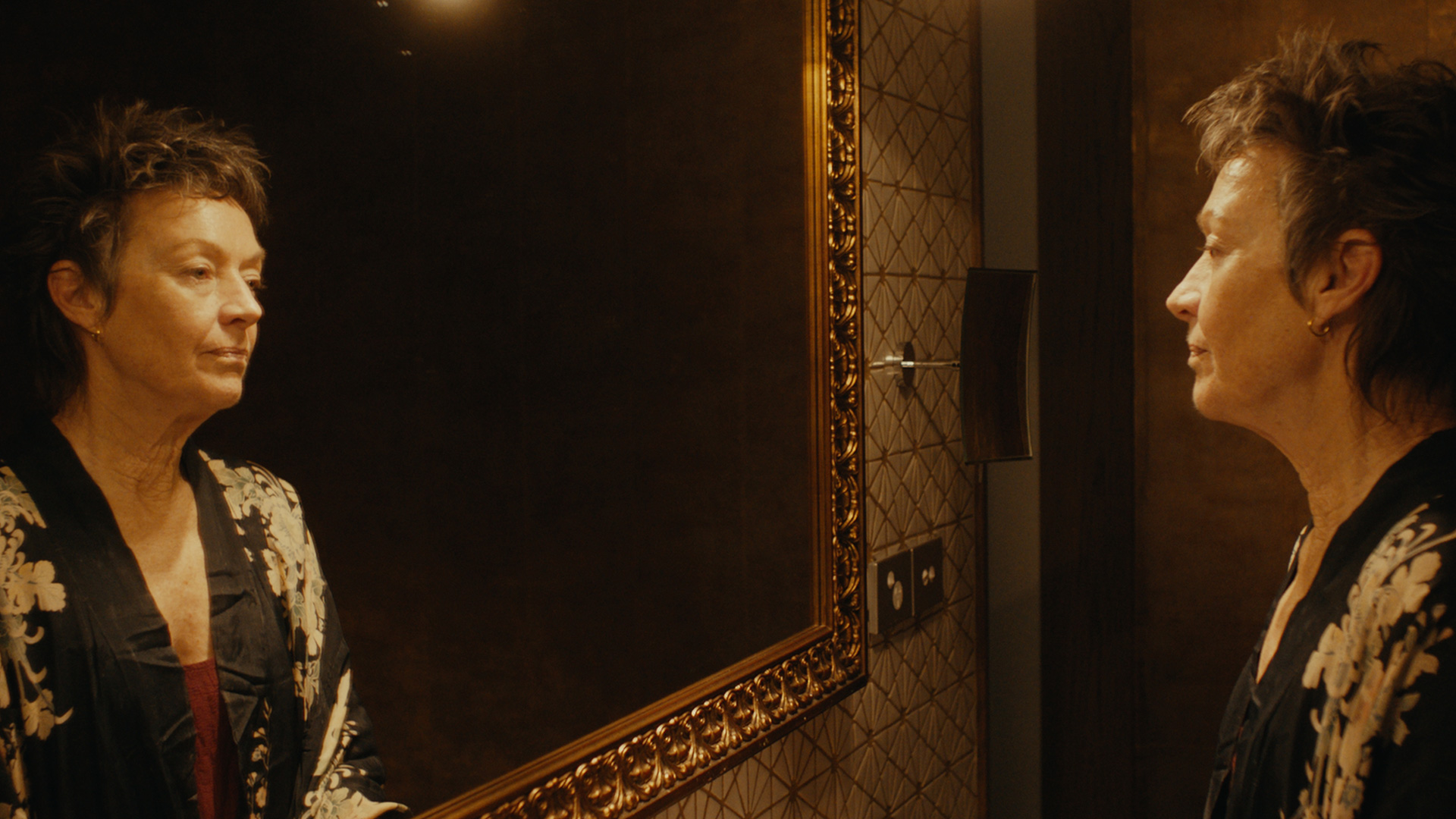
Hawthorne was part of another one of Taylor’s fondest memories of the shoot: “[I was] clutching a monitor in a travel vehicle as Victoria and Elizabeth (who were driving ahead of us with the camera rigged to the bonnet) played an impossibly long scene like two virtuosos.” You’ll know the scene when you see it.
Given the dark premise—or premises—of The Moon is Upside Down, it’s easy to be caught off guard by the film’s prevalent and piercing sense of humour. (This includes a very nonchalant dick joke that took me a good five seconds to go “oh, there it is.”) But through all the chuckles the film provides, the characters’ collective pain come from a very real place.
“I made Eagle vs Shark and had lots of beautiful creative momentum,” Taylor explains. “As that happened, my life kind of exploded, and I had to face up to some very big trauma from my past. And then I got breast cancer. I couldn’t work very much. I was having to do very deep, therapeutic, emotional, spiritual, healing work. During that time of profound suffering, I feel like I laughed an enormous amount with my family and loved ones. I think I already had empathy as a person, but I feel like it just grew. My life taught me that suffering can be funny and that connection is deeply important.”
THIS INTERVIEW’S BEEN EDITED FOR LENGTH AND CLARITY





